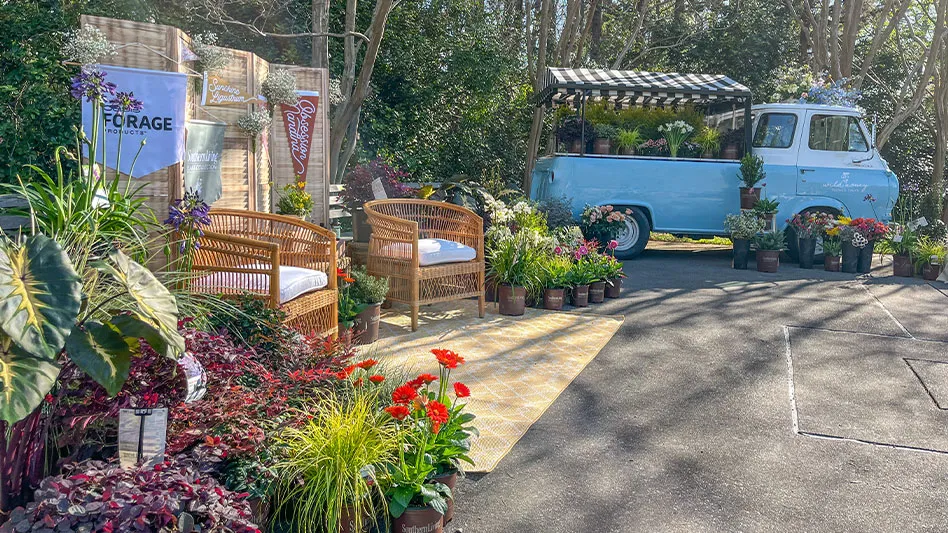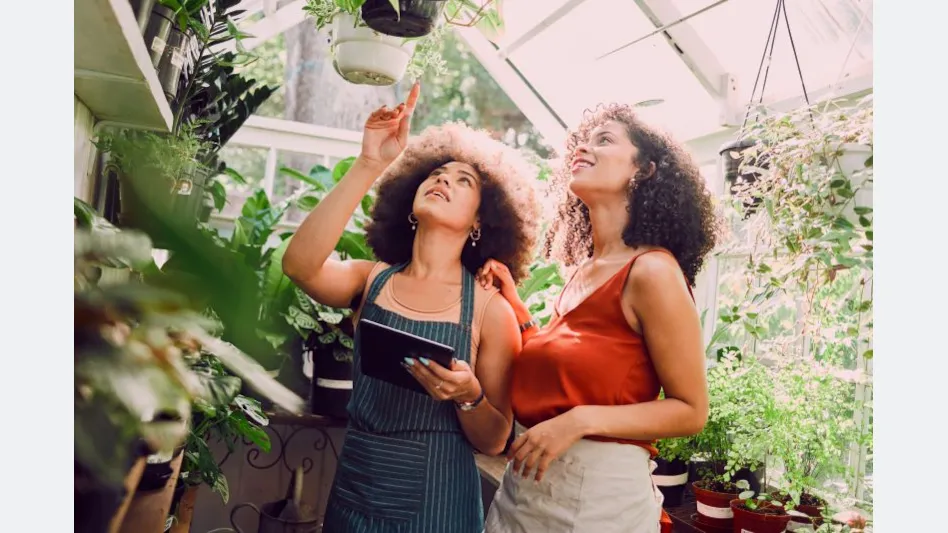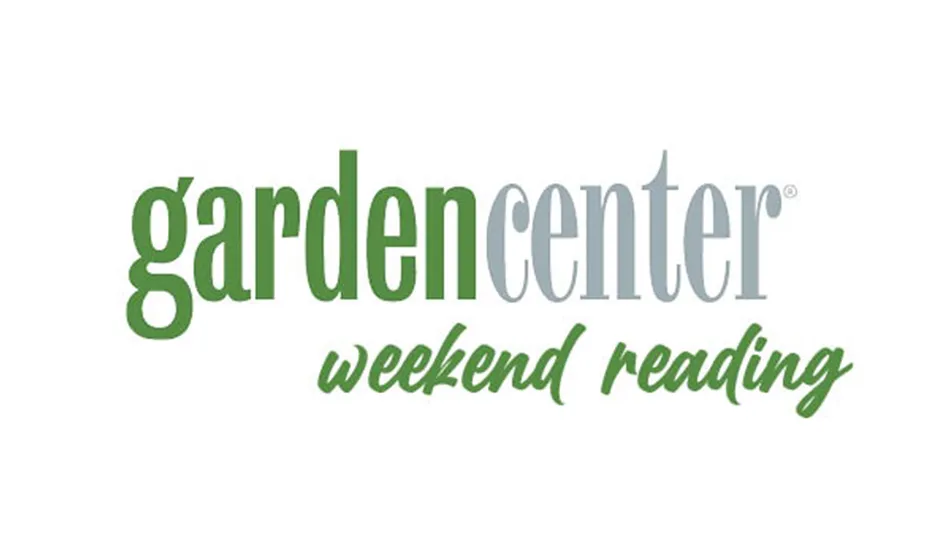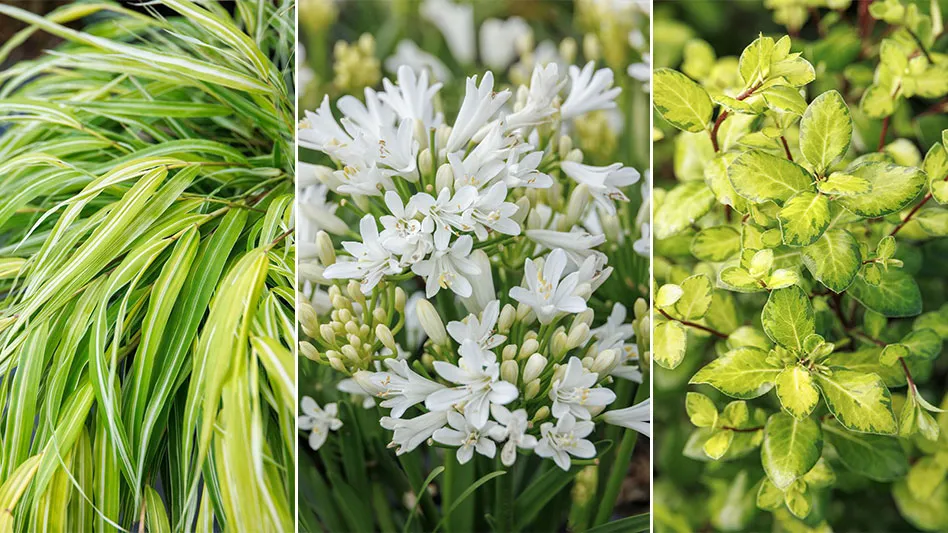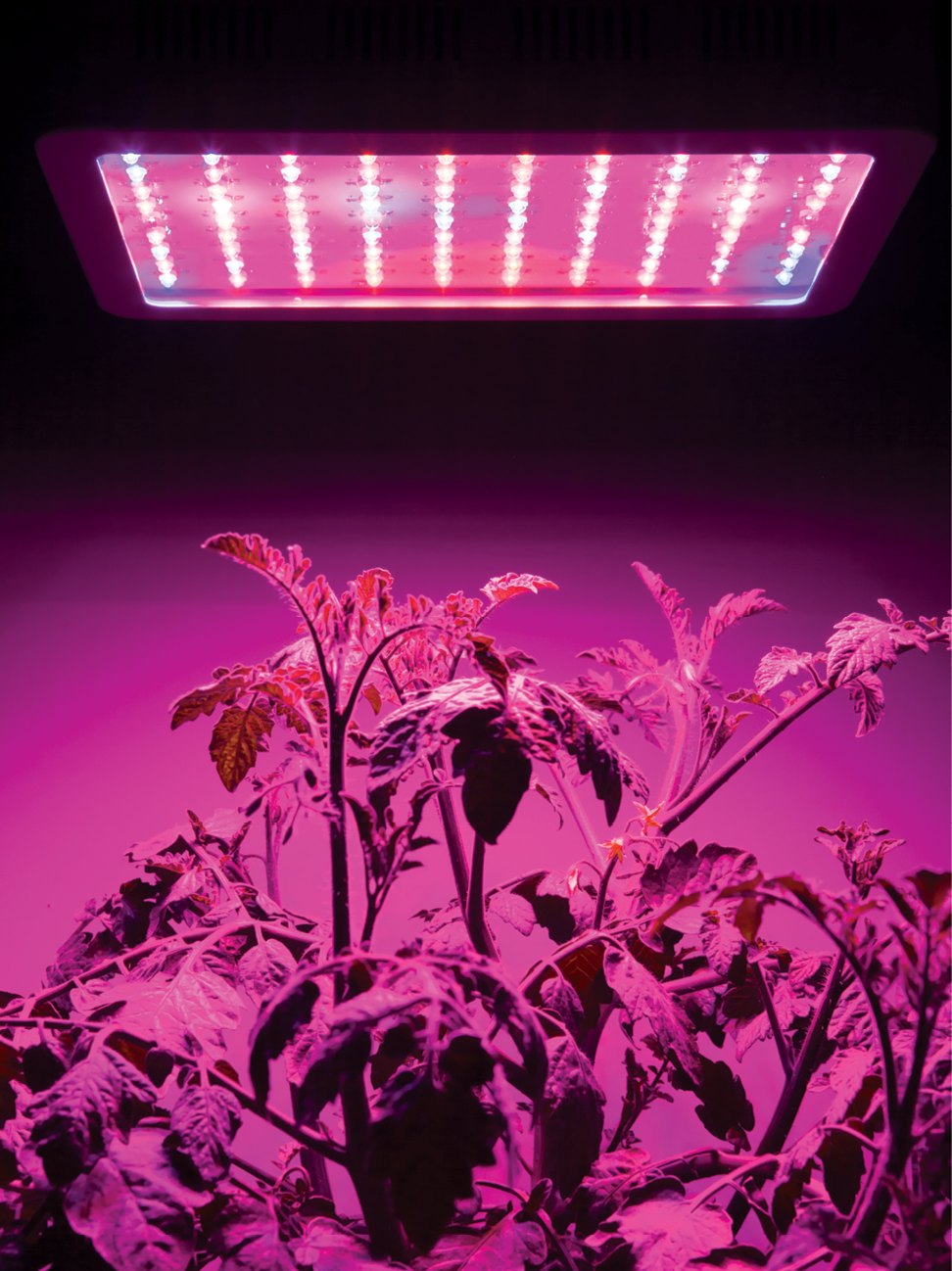
Since 2001, the Garden Media Group has published its yearly Garden Trends Report, which includes predictions of what will be popular in the industry for the coming year. The 2017 report, titled Grow 365, reflects innovations in indoor gardening technology combined with an increasing demand for clean food, making it more popular than ever to garden 365 days a year.
Grow 365 presented several industry trends that inspire gardening year-round for its 2017 report.
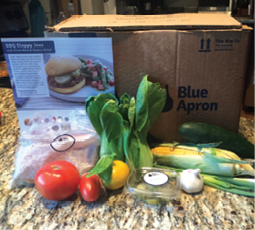
“Gone are the days where we have to limit our growing options based on our climate, soil conditions, water or space,” says Susan McCoy, president of Garden Media Group. “New technology turns almost any indoor space into a vegetable garden. Clean, healthy and delicious food is now at our fingertips all year long.”
The report emphasizes the clean food movement and how it is redefining indoor gardening for the modern age. Millennials especially demand to know where food comes from and what’s in it. Now more people are growing their own groceries than ever before.
“The stigma once placed on hydroponics is long over,” McCoy says. “The demand for clean food, the surge in canna-businesses and concerns about the environment are just a few reasons why growing 365 days-a-year is trending.”
There are other interesting findings in the report, including how consumers want their gardens to look, where they want to access and grow plants and their reasons for gardening.

1. Redefining “peak season”
New technology can turn kitchen counters into vegetable gardens. In 2015, indoor gardening and hydroponic stores made about $1 billion. With the demand for organic, local food exceeding supply, and people choosing to live in smaller spaces and urban environments, more people will grow indoors. Research indicates 37 percent of Millennials and 28 percent of Boomers are growing herbs indoors. From growing arugula to bok choy, consumers want clean, fresh food to be available to plant, pick and plate every season. From herbal tea gardens on the window sill and healing herbs under lights to vitamin-packed microgreens on the kitchen counter, medicinal gardens are also gaining relevance.
2. Wellness hotspots
It is likely no surprise that many studies indicate time spent in nature reduces stress and increases well-being. From garden therapy and “forest bathing” to soundscaping and a green workplace culture, healthy is the new wealthy. Forest bathing is the “medicine of being in the forest” and spending time in nature, awakening all five senses. Many people work indoors and don’t have time to immerse themselves in nature regularly, but research shows that indoor plants can create happier workers, lower healthcare costs, increase productivity, lower absenteeism and reduce turnover when placed on desks and office spaces. Studies examine how sounds — or the lack of sounds — indicate the ecological health of a landscape and the health of our lives. Our mental health, wellness and quality of life are directly affected by trees. Trees change everyday city sounds by adding bird songs and buffering sirens. The loss of trees changes the soundscape and decreases our quality of life, increases stress levels, affects our mental health and diminishes our ability to focus.
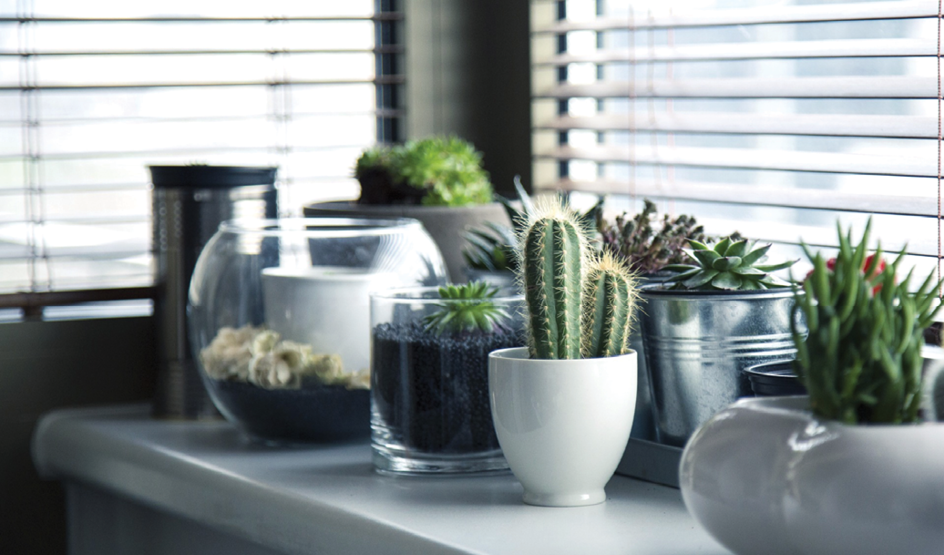
3. Tidy gardens
Tidy does not mean trimmed hedges and clean corners. It simply reflects a global shift toward reduced consumption coupled with finding bliss in what you do, not in what you have. This trend coincides with more people downsizing, as the U.S. population shifts from suburbs to city living in smaller spaces, and the demand for compact shrubs and container gardens grows.
4. Clean gardening
A demand for clean food, clean water, clean air, clean medicine and clean environments is dramatically shifting how people buy plants and products, and garden both inside and out. Americans want to know what is in their food and where it comes from. The demand for organic, locally sourced food now far exceeds the supply. Consumers today are demanding products that are clean and free of pesticides, antibiotics, preservatives and cages. Challenges to gardening outdoors — severe climate conditions, contaminated water, soil infertility and pests — make gardening indoors a growing opportunity. The “canna-business” sweeping the U.S. is giving this medicinal plant new life, moving it out of the closet and into the living room — and the garden.
5. Uber-izing gardening
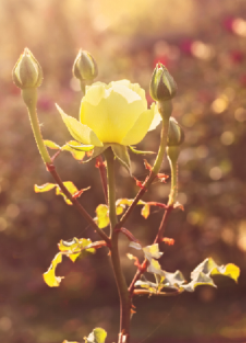
Subscription services introduce people, especially Millennials, to products they didn’t even know they wanted. The garden industry is poised to ride this rising trend. Likewise, more passionate gardeners can be introduced to new and exciting plants, products and tools they may never have thought to try. Garden services can range from seeds of the month and artisanal microgreens to heirloom bulbs and new plants. Delivering experiences comes in the form of regular workshops, too. These attract Millennials who document experiences and devote discretionary income to these moments. Almost half of Millennials splurge on classes to improve their body, mind and soul, and 65 percent indicated they would attend a class or workshop at a store to enhance their growing skills.
6. Buzz off!
Bats, birds and flowers are the best form of natural pest control. The Zika virus scare and other mosquito-borne diseases, combined with the demand to be chemical-free, is driving people to look for ways to control pests naturally.
7. Golden age
Gold is back in the spotlight, and its popularity in home décor, fashion and in the garden is expected to last a decade. When used outdoors, pops of gold warm up spaces and create the feeling of outdoor rooms. Plus, the reflective accent helps move light and make the garden “glitter.”
The complete 2017 Garden Trends Report: Grow 365 is available as a free download here: http://grow.gardenmediagroup.com/2017-garden-trends-report
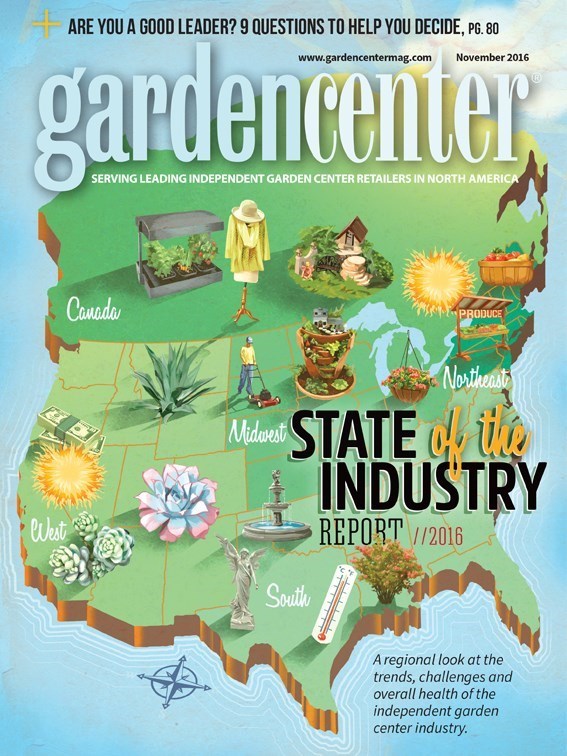
Explore the November 2016 Issue
Check out more from this issue and find you next story to read.
Latest from Garden Center
- The Family Business, Part 2: Agreeing (and disagreeing) on Capital Investments
- Registration opens for Darwin Perennials Day
- Weekend Reading 5/3/24
- Weekend Reading 4/26/24
- Smith Gardens assumes operations of Skagit Horticulture
- Beneficial insect sachets now included with Monrovia mandevilla
- Pennsylvania Horticultural Society shares top gardening trends from 2024 Philadelphia Flower Show
- Garden Media Group announces the fifth annual Women in Horticulture Week

